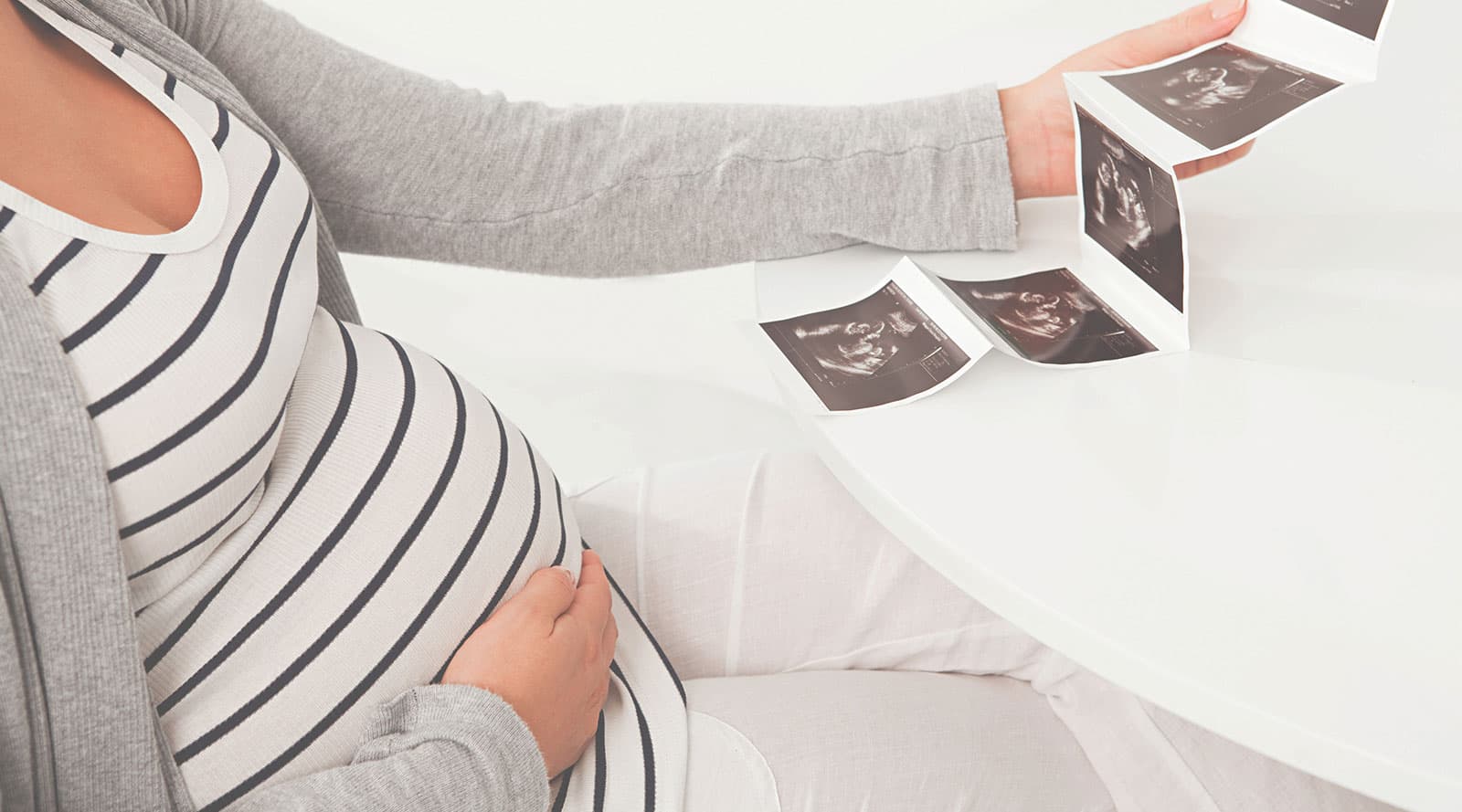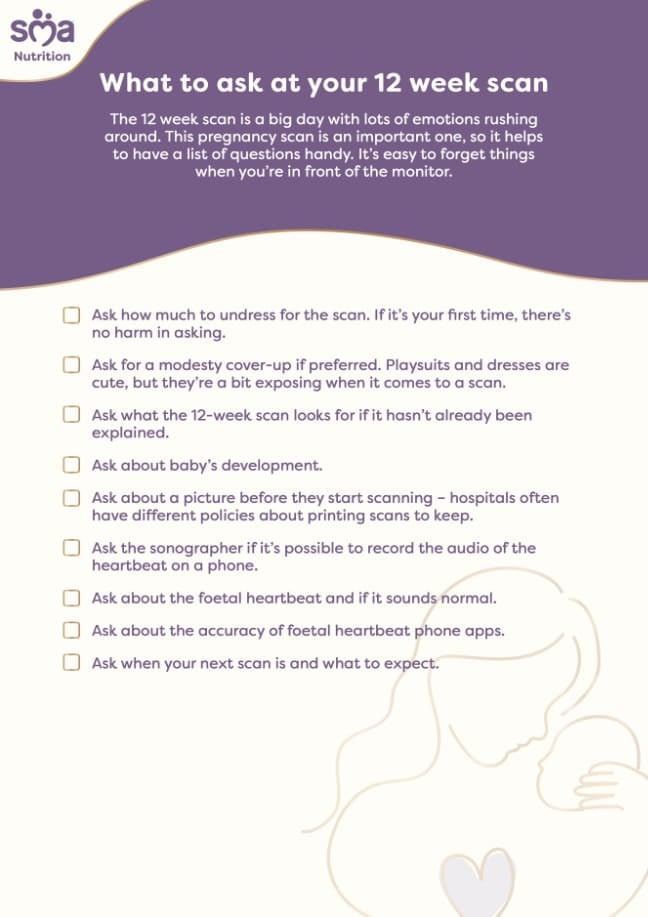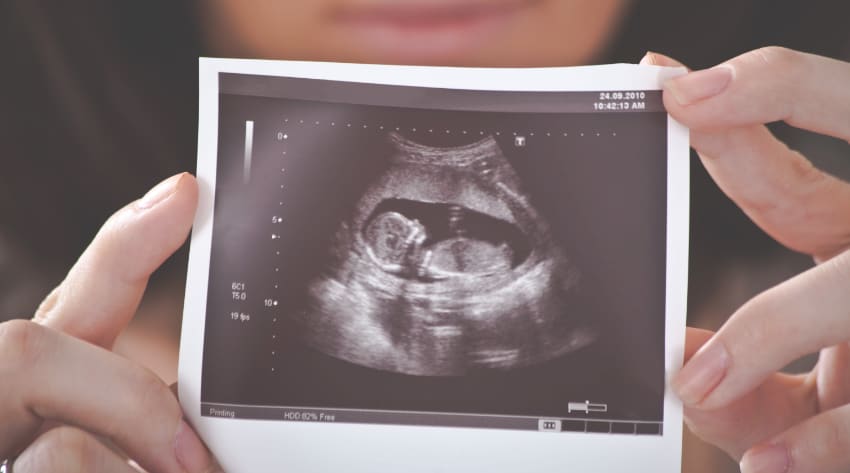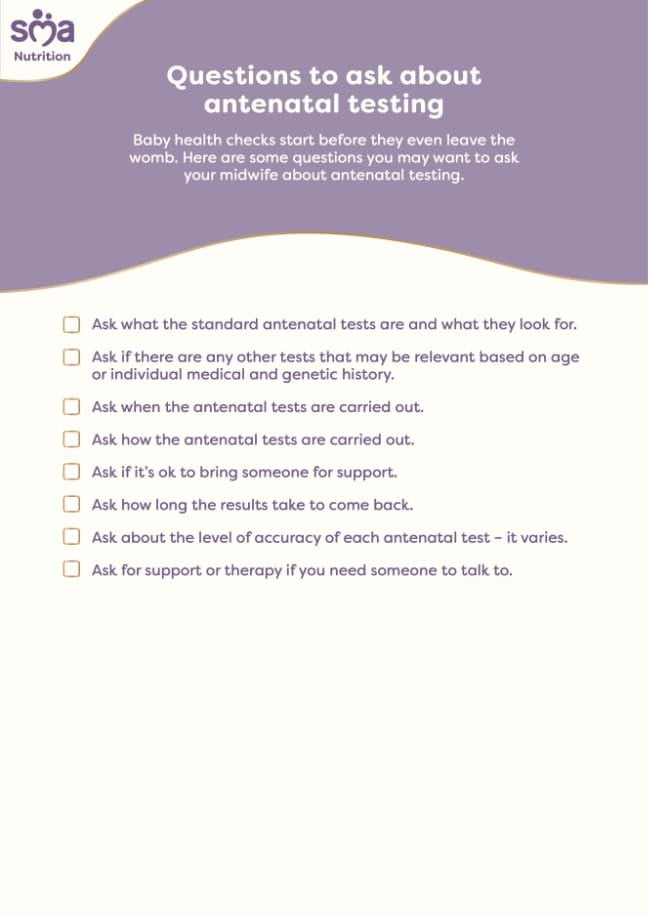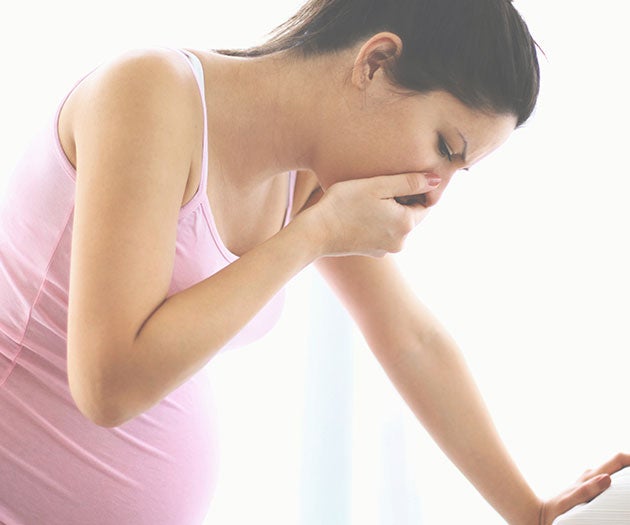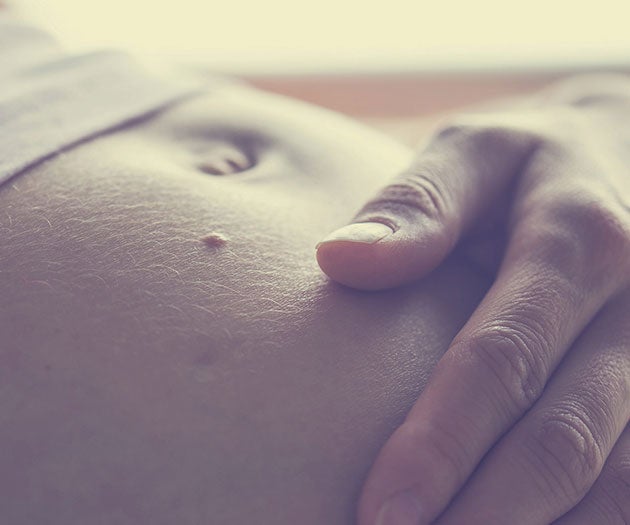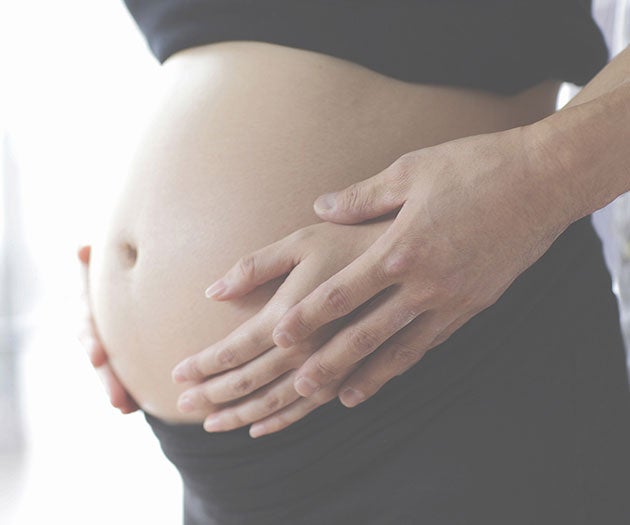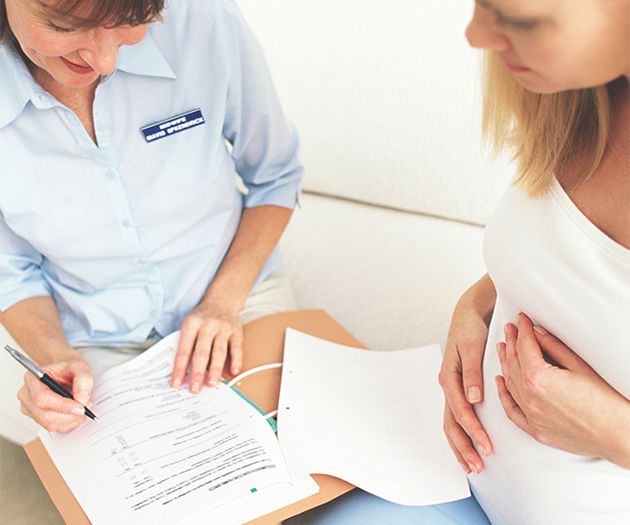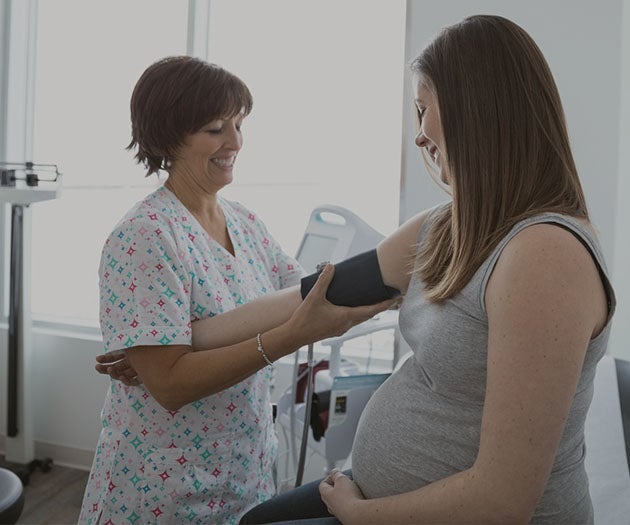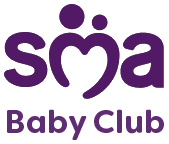Introduction
Your baby scan is the first time you’ll see baby and the first time you get the thumbs up on a healthy pregnancy. You may well be full of mixed emotions, so having your partner or friend to share the moment could be a good idea. Read on to discover the different scans and what will be reviewed. If you have questions why not take a look at our checklist of what to ask about antenatal testing.
When do you have your first baby scan?
For most mums the 12 week scan will be their first baby scan and it can happen anytime between 8 and 14 weeks and is also known as the dating scan. It will give you a more accurate idea of when baby is due, usually it’s not as far advanced as the date of your last period suggests. If you can’t wait until your first scan, why not find out when the big day will be with our due date calculator.
At your first baby scan, your sonographer will check that the heart is beating nicely and baby is growing normally. The position of the placenta will be visible and any major issues with the skull or abdominal wall could be spotted now. Not sure what to ask at the 12-week scan? We have compiled a handy checklist for you.
Down Syndrome Screening
At your dating scan you’re likely to be offered a combined test to assess your chances of having a baby with Down’s Syndrome. If you choose to have it, a blood sample will be taken, and the nuchal translucency will be measured. In plain English, this is the thickness of the fluid in the back of baby’s neck – babies with abnormalities tend to have more fluid.
The results of the two tests combined with your age (older women are at higher risk) are used to come up with a risk factor for having a baby with Down’s Syndrome. It also tests for Edward’s and Patau’s, which are rarer but more severe conditions.
Many women choose to have the combined test, but the choice is yours and it’s worth thinking about your decision. If you need further advice the HSE has further information.
The 18-21 weeks anomaly scan
Your second scan will be around 18-21 weeks. It’s called an anomaly scan and it checks that your baby and their organs are growing normally. The sonographer will also measure the amniotic fluid around your baby and check the position of your placenta – if it’s lying low, it could obstruct the passage of the baby in labour so a caesarean might be a consideration. It’s possible that another scan could be scheduled to check if the placenta has risen in time.
You’ll be offered just these two scans as routine and you’ll have the option to take a picture of your ‘jellybean’ home with you. Most likely, the next time you see baby will be in your arms.
There are a range of antenatal tests done during pregnancy; we have put together a handy checklist of questions you may want to ask your midwife about antenatal testing.



